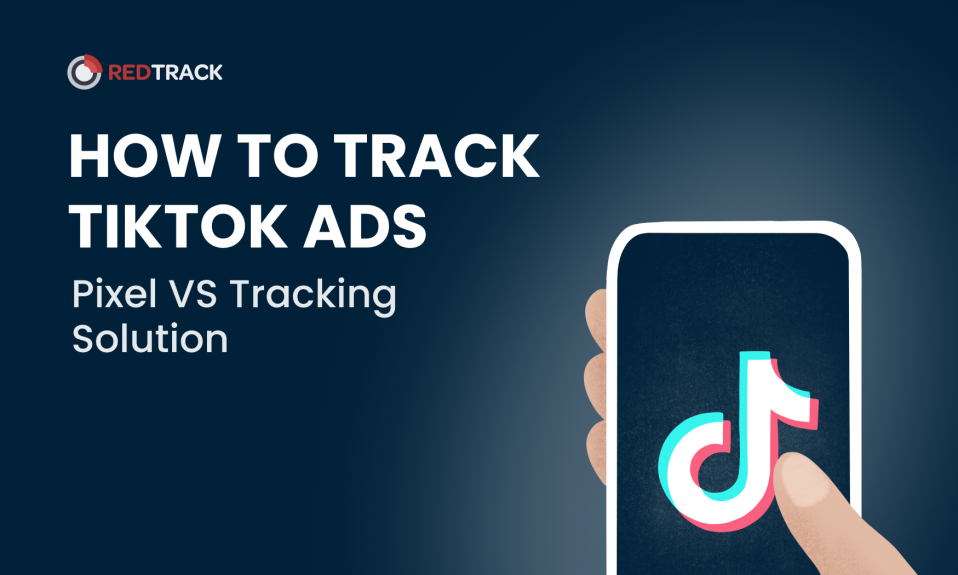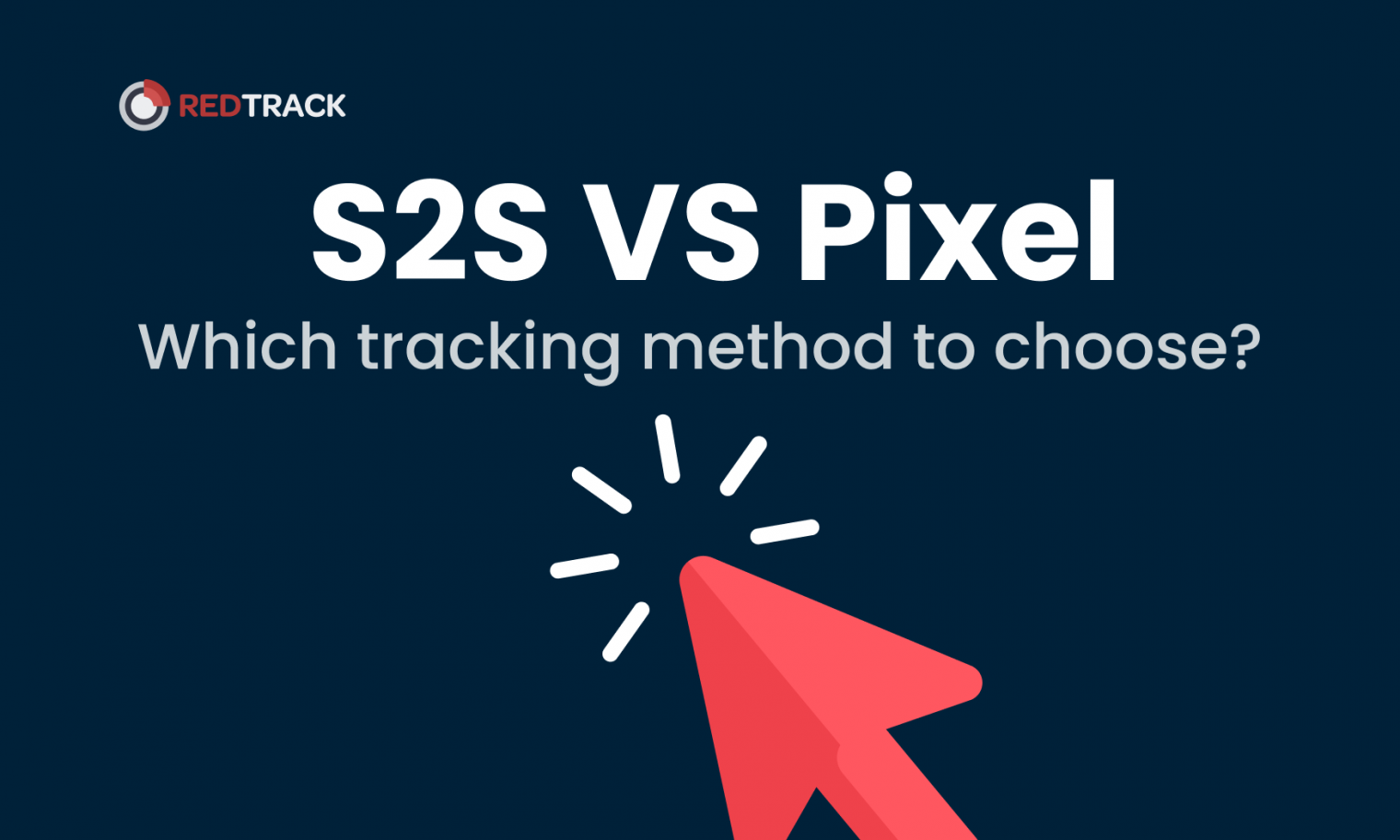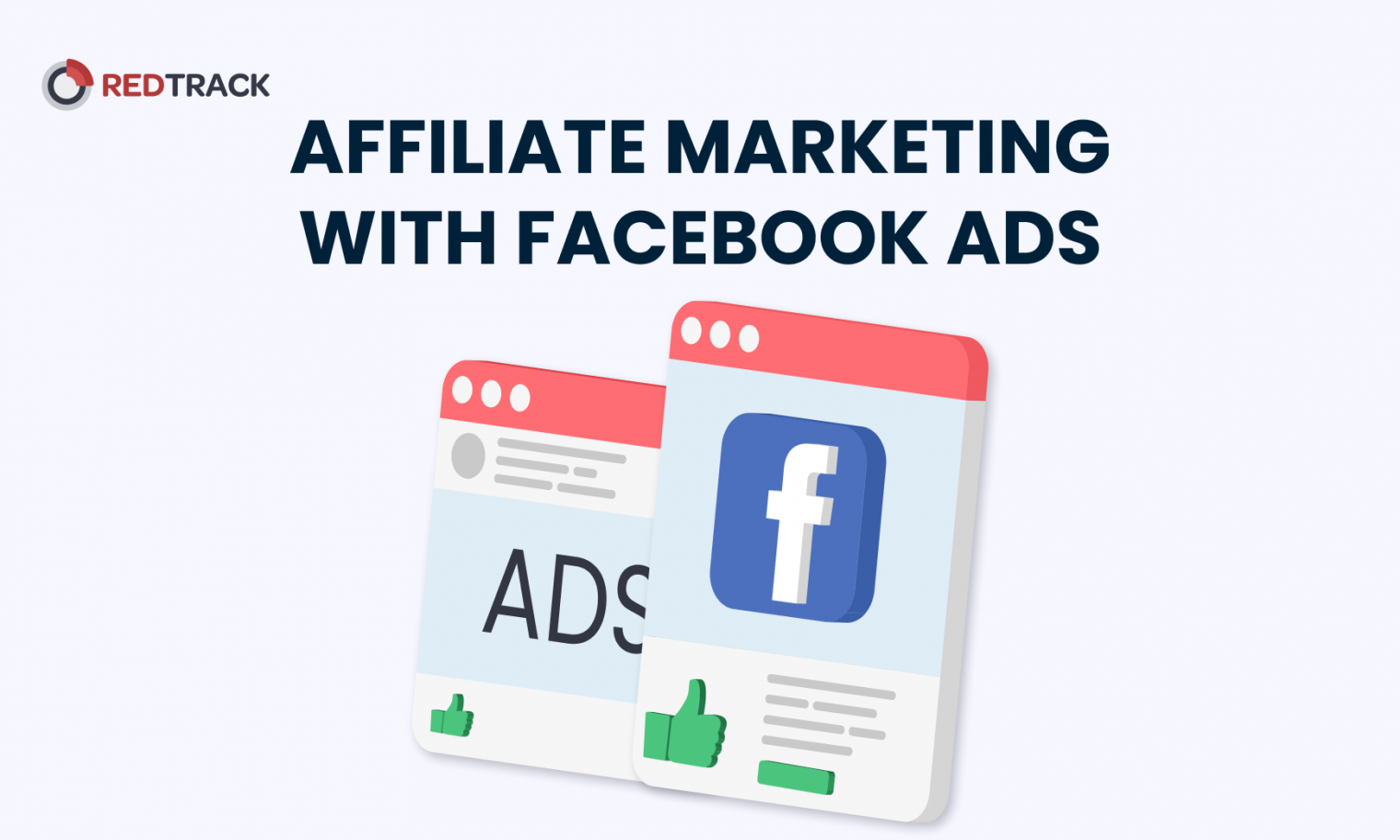
Check our 2-minute video to explore 5 reasons users choose RedTrack as their ad tracking & attribution partner.
CPL, or Cost per Lead, is a focused online advertising payment model where advertisers pay for each lead generated. A 'lead' here is typically a potential customer's contact information, gathered through the ad campaign. This could range from an email address to a phone number, obtained usually by a user filling out a form or expressing interest in the advertised product or service.
CPL is about quality over quantity. Unlike models charging for views or clicks, CPL zeroes in on acquiring potential customers' information. This method is more targeted and potentially more rewarding, as payment is tied directly to the collection of leads.
Leads in CPL can take various forms, from email sign-ups, webinar registrations, to more commitment-heavy actions like requesting a quote. The key is that these leads are expressions of interest that can be nurtured into sales.
The formula for CPL is straightforward:
CPCV =
Each part of this formula has a specific meaning:
Total Ad Spend: The total count of leads (potential customer contacts) directly resulting from the campaign.
Number of Leads Generated: This is the count of how many times the video ad has been watched in its entirety.
This calculation gives the average cost incurred for each lead acquired, a crucial metric in evaluating campaign performance.
Advantages:
Budget Efficiency: Advertisers pay only for the leads, making budgeting more predictable and aligned with results.
Targeted Approach: Focused on gathering leads, the CPL model often leads to more qualified prospects.
Challenges:
Higher Cost Per Lead: As the risk is more on the advertisers, the cost per lead can be higher compared to other models.
Complexity in Tracking: Accurate lead attribution requires sophisticated tracking mechanisms.
Risk of Low-Quality Leads: There's a possibility of attracting leads that aren't genuinely interested, affecting ROI.
However, the downside includes potentially higher costs per view, as advertisers are paying for guaranteed engagement. There's also a reliance on accurate tracking to ensure views are correctly counted and billed.
CPL is popular across various sectors. B2B companies often use it for gathering business inquiries, while educational institutions might use it to attract prospective students. E-commerce platforms can also employ CPL for newsletter sign-ups, offering a base for future marketing efforts.
To maximize CPL effectiveness, advertisers should focus on:
Quality Traffic: Attracting the right audience increases the chance of quality leads.
Effective Landing Pages: Optimizing landing pages to convert visits to leads is crucial.
A/B Testing: Regularly testing different campaign elements can improve lead quality and quantity.
CPL stands distinct from CPC (Cost Per Click) and CPM (Cost Per Mille). While CPC charges per click and CPM per thousand impressions, CPL is specifically about acquiring potential customer data, making it highly targeted and suited for direct marketing efforts.

Check our 2-minute video to explore 5 reasons users choose RedTrack as their ad tracking & attribution partner.

Join our Facebook group to participate in the discussions, share your insights with like-minded people, and ask for support if needed.

Find out how Financer.com optimized the conversion rates of both organic and paid traffic by 60% with RedTrack.